Review: Alcatel OneTouch Idol 3
Apr 27, 2015, 10:00 AM by Eric M. Zeman
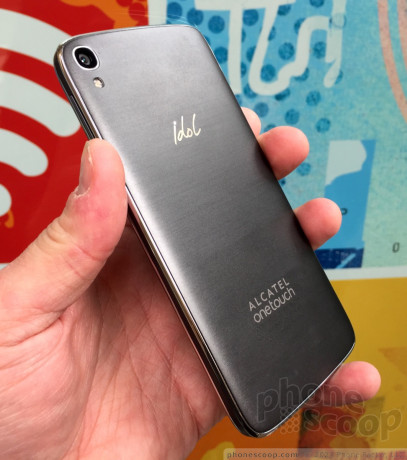
Alcatel is pitching its Idol 3 smartphone as the ideal device for people who like to live free of commitments. It's a near-premium handset that costs less than many mid-range handsets. Is Alcatel's Android phone worth your time? We answer this and more in our full report.
Form
Is It Your Type?
Alcatel is marketing the OneTouch Idol 3 — its flagship smartphone for 2015 — from a very specific angle. Alcatel plans to sell the device online only, directly to customers, unlocked. Its pitch? The Idol 3 lets you live the "unlocked life," which is devoid of carrier contracts and other commitments (and this is apparently desirable). So who is the Idol 3 really for? People who want a high-end device but don't want to pay through the nose to get it.
Body
The Alcatel OneTouch Idol 3 is a compelling smartphone that should appeal to large swaths of people who are unable to afford premium phones like the iPhone, Galaxy S6, or One M9. Alcatel is a Chinese company still working to gain recognition in the U.S., and it knows better than to aim for the true top of the U.S. market right now, which is owned by Apple and Samsung. The Idol 3 offers a near-premium experience at less than half the cost of the class leaders. Moreover, the Idol 3 is a good challenger to mid-market handsets from LG, HTC, Kyocera, and others thanks to its refined design and strong spec sheet.
The Idol 3 is a phablet. It's bigger than the iPhone 6 or Galaxy S6, but it's smaller than the 6 Plus or Nexus 6. It's not a small phone. (Alcatel has a smaller version of the Idol 3 on deck for later this year.) Alcatel dressed the Idol 3 to kill. The black front of the phone is framed in a pleasing chrome-colored band. Ditto for the back surface. Though the side edges are dark gray, Alcatel switched to chrome where the side edges meet the front and back surfaces. The phone has a classy, dressed-up look no matter what angle you view it from. You can almost see it in the hands of a celebrity as they walk down the red carpet. Almost.
Given its dimensions (6 x 2.96 inches), the phone isn't for every hand. I had no trouble using it, but others might. The side edges aren't round; instead, the corners are angled just the right amount to give phone a pleasing feel in the hand. There are no sharp edges digging into your skin here. I like the Idol 3's weight, which is just enough to prevent it from feeling cheap. The phone measures 7.4mm thick, which is quite thin. You can shove the phone into most pockets and it's smooth enough that retrieving it is no problem.
Alcatel says the display is protected by Dragontail Glass, but the side and back surfaces are all plastic. The company worked hard to create different textures and colors within the same materials. You'd never know it at a glance, as the chrome coloring is easily mistaken for metal. The glass feels great under your thumb, and the plastics exude strength. Alcatel did a good job assembling the phone; the fit and finish are quite good.
Most modern slates have nothing but glass on the front and the Idol 3 is no exception. When the display is off, only the user-facing camera is visible (and only then when viewed from just the correct angle.) Alcatel opted for the on-screen buttons, so there are no physical keys marring the otherwise pristine glass. I wouldn't be surprised if you miss the stereo speaker/mic grilles entirely. The speaker holes are drilled into very narrow pieces of plastic above and below the glass. They are nearly invisible, which helps the Idol 3 maintain is clean look.
You'll find the screen lock button high on the left side of the phone, practically at the top. It's not a hard-and-fast rule, but the vast majority of smartphones position the screen lock button in the middle of the right edge of the phone, or, if not there, then on the top surface. I couldn't get used to the positioning of this button after using the phone for a week. The button does have a good profile, but travel and feedback aren't great. This is one of the only physical components of the phone that actually feels kind of cheap. The volume toggle, positioned on the right edge of the phone, has a similar profile but much better travel and feedback.
The Idol 3 has one neat trick up its sleeve: the UI is reversible. In other words, no matter which way you hold the phone the user interface reorients itself so you're not looking at upside-down text. If you do hold the phone upside down, the side buttons are even harder to reach and more awkward to use, especially the screen lock button, which is now in the very bottom corner on the right. You can turn this feature off if you want. It use useful, however, for answering phone calls. With the reversible UI feature enabled you can pick up the phone in either orientation and, thanks to mics and speakers are both ends, conduct phone calls with the Idol 3 right side up or upside down.
The SIM card tray is tucked into the left edge of the phone, the stereo headphone jack is on top, and the microUSB port is on the bottom. Looking for the memory card tray? Alcatel did something rather neat and combined the SIM and memory card trays. They are a single, long tray. The SIM card sits deeper in the phone than the memory card. It's pretty cool.
There is at least one drawback to the Idol 3's design. The back cover — pretty though it is with a brushed metal look — cannot be removed. You won't be able to swap out batteries, though of course you can use external battery packs to make up for this shortcoming.
Speaking frankly, if Alcatel's logo weren't painted on the back of the phone, the Idol 3 might easily be mistaken as a phone from LG or some better-known manufacturer. It outclasses many other mid-range handsets. Alcatel did a great job with this piece of hardware, especially given the price point. I've reviewed phones twice as costly that didn't feel as good to use.
Performance
Screen
At 5.5 inches across the diagonal and full HD resolution, the Idol 3 screen matches the iPhone 6 Plus exactly as far as the spec sheet is concerned. Alcatel's screen is very good. It's incredibly bright and sharp. Colors look excellent, and viewing angles are superb. It's not quite as easy to read outdoors as I'd like it to be, but it should be good enough for most people most of the time. It will likely exceed the expectations of people who buy this phone.
Signal
As noted, the Idol 3 is sold unlocked and it supports most GSM networks. That means it works with AT&T/Cricket and T-Mobile/MetroPCS, for example, and is compatible with LTE 4G across the board. We tested the phone on AT&T's network and it performed admirably. I didn't have any trouble connecting calls even under questionable network coverage. The Idol 3 did drop one call when transitioning between cells at highway speeds. The phone supports CAT 4 LTE (theoretical max download speeds of 150 Mbps) and it was very fast on AT&T's LTE network across the greater New York area. It posted max speeds in the low 40 Mbps range and averaged about 25 Mbps. I'll take it.
Sound
I've really come to appreciate phones that have stereo speakers. The Idol 3 has two JBL speakers, each with its own 1.2W amplifier. In practical terms, that means it can pump out the jams, and some incredibly loud phone calls. Seriously, don't crank the volume on this puppy unless you want to damage your hearing. I was able to hear calls in practically all environments with the volume set at about 60 or 70%. The quality of calls coming through those speakers was good enough, but not great. I would have prefered more clarity and warmth. People I spoke to through the Idol 3 said I sounded pretty good but noted they'd heard better. Taking calls via the speakerphone will make your neighbors and officemates hate you. Seriously, make sure you turn down the volume first. The quality there is pretty good. Ringers and alerts will wake people up in the next town over if you're not careful. The vibrate alert is on par with most other phones.
Of course, the powerful stereo speakers are awesome for rocking to your favorite tunes or enjoying the new Star Wars trailer at space-battle volumes. The Idol 3 filled my garage with plenty of sound while I pulled out all my deck furniture for the season; no Bluetooth speaker required. The quality was quite good. The Idol 3 can produce a massive amount of sound and do so without distortion, even when I was banging my head to the latest album from Machine Head. Good stuff.
Battery
Alcatel claims the 2,910 mAh battery provides up to 13 hours of talk time. The Idol 3 did last from breakfast to bedtime consistently across a week of heavy testing. The battery did tend to drain a bit quicker when blasting some dubstep, but if you confine yourself to standard behaviors (messaging, social networking, browsing the web, watching YouTube, downloading apps) you should be totally fine most days. Keep in mind, we tested the phone with the LTE, GPS, Bluetooth, WiFi, and NFC radios on at all times.
The Idol 3 comes with only the basic Android battery saver tool that's available to all Android 5.0 Lollipop handsets. Turning it on will dim the screen, rev down the processor, and shut the screen off more aggressively.
Basics
Menus
With the Idol 3, beauty is only skin deep, quite literally. The phone runs Android 5.0 Lollipop, but uses Alcatel's icons and fonts on the home screen and within the app menu. Alcatel has some really neat animations built into the skin. For example, when opening folders on the home screen panels, the folders unfold like you're opening an old-timey letter. Cute. Aside from this very, very mild overlay, the Idol 3 runs stock Lollipop. The notification tray, settings menu, home screen management tools, widgets, fonts, colors, and everything else are naked Lollipop.
The lock screen supports the usual set of passwords and other protections, as well as shortcuts to the phone and camera apps. You can also choose to turn on some other shortcuts made by Alcatel. Alcatel calls these shortcuts "Func" and they are either on or off. When on, you'll get shortcuts to a calculator, the media player, the camera, the gallery, and a QR code reader. (What? Who puts a QR reader on their lock screen?) This could be useful for those times when you want to scan an item in a store for quick price comparisons.
There are minimal home screens active out of the box, and they aren't littered with widgets and shortcuts. It takes only a few moments to customize the panels to suit your own needs. Google Now is off by default, but you can turn it on. If you do, Google Now becomes the leftmost home screen panel, which will surface cards with personalized information culled from your email, calendar, and search history. The app menu is laid out in a clean grid on a white background. Apps are listed alphabetically, but you can drop them into folders if you want. There's no list view option.
The settings menu offers green text on a white background, which you can blame on Lollipop's Material Design. The individual settings are clumped together under categories such as "wireless and networks", "system", and so on. It's a simple and straightforward tool for managing the Idol 3.
The notification shade offers a list of your notifications, which can be dismissed en masse or individually, and access to the Quick Settings menu with a second downward swipe. The Quick Settings screen has been modified in Android 5.0, but the controls are all easy to use.
Performance is one area where the Idol 3 lags (literally!) the competition. Alcatel chose Qualcomm's octa-core Snapdragon 615 processor. The 615 falls between the high-end 800 series and the mid-range 400 series processors from Qualcomm. As such, I was expecting Idol 3 and its Snapdragon 615 do much better than phones with the Snapdragon 400 on board. It didn't. I found the phone stuttered quite regularly and apps were slow to open at times. I also ran into a few app crashes here and there. When asked, Alcatel couldn't say if the company has any performance updates on the horizon. Hopefully it refines the code a bit before the device ships in mid May.
Calls and Contacts
The Idol 3 relies on the stock Android 5.0 phone application. I wish it were a bit easier to use, but it gets the job done. The app has a search bar and your most recent call perched at the top of the screen. Below these two items are three tabs for accessing your favorite contacts, your call history, or all your contacts. The call log provides some information about calls (time, duration) in addition to shortcuts for redialing or sending a text message to those numbers. You need to press the circular dialpad button at the bottom of the screen to call up the number pad for dialing new numbers.
Though built into the phone app, your contacts can be accessed and managed through a stand-alone app. The contact app has two basic views: your favorites, and all of your contacts. Searching through your family, friends, and colleagues is a breeze thanks to the search tool. The app automatically syncs with your Google account if you use Gmail, but also supports Exchange and IMAP. As always, you can place direct dial and direct message shortcuts on the home screen panels if you wish.
Messaging
Thanks to the stock operating system, there are but a few messaging tools aboard the handset. The newest version of Gmail is quite good and supports multiple email inboxes and services (including Exchange, etc.). Alcatel included the older, generic email app for good measure, but it's redundant.
The Idol 3 includes both the newer Google Messenger and Google Hangouts apps for sending text and IM messages. The Messenger app handles only SMS/MMS, while Hangouts handles SMS, MMS, and IM. Messenger is easier to use, but it's nice to have everything in one app within Hangouts. I find Hangouts to be a bit messy, but it works. You can download an alternative SMS app from the Play Store if you want.
Alcatel preloaded the Idol 3 with Facebook, Google+, Twitter, and WhatsApp.
Extras
Media
Since the Idol 3 runs stock Android and isn't branded by any carriers, the phone is blessedly free of the bloaty, spend-money-on-me media apps common to other handsets. Google's suite of Play-branded apps form the core media experience on the phone. The Idol 3 has the same versions of these apps that are available to every other Android handset. YouTube is there, as well.
There are a few extras. The Idol 3 offers an FM radio (as is typical, headphones are required, which is a shame given the awesome speakers), and a separate music app called Mix. At first, Mix masquerades as a mild-mannered, bare-bones MP3 app for side-loaded music, but it's got a secret turntable for playing DJ on the phone. The turntable function lets you do many of the things you'd expect from a third-party DJ app, such as mix tunes, add scratches and other effects, create and manage play lists, and generally just have fun. If you want to use it like any boring old MP3 player you can, but it's much more fun to Mix it up.
The only way to share media from the Idol 3 to other devices is Google's Chromecast technology. In order to push music, photos, and movies to your TV you need to buy Google's $35 HDMI dongle first. Without the Chromecast hardware, you can't share with other devices at all.
Camera
The Idol 3 is one of a few Android smartphones to rely on the Android 5.0 camera app, but it is a slightly modified version thereof. Since the Idol 3 doesn't have a dedicated camera button, you need to open the camera from the lock screen or the menus. It opens relatively quickly.
The basic shooting screen includes three shooting tools on the left side and the shutter controls on the right. The tools on the left are user-facing camera, flash toggle, and camera menu. If you press the camera menu button a nice tray slides out across the bottom of the screen. This is where you need to go to change between the Idol 3's various shooting modes. You can also access this tray by swiping up from the bottom of the screen.
The Idol 3 has auto, HDR, pano, manual, timelapse, a QR code scanner (again with this?), and face beauty shooting modes. The only want to exert control over settings such as white balance, exposure, or color is to select the manual shooting mode. The face beauty mode applies some instant makeup to smooth over your face's rough edges. You can adjust the severity of these effects if you want.
The default setting is 10 megapixels with the sensor cropped in a 16:9 aspect ratio. If you want to use all 13 megapixels you need to adjust the phone to the 4:3 aspect ratio.
Thankfully I didn't see any performance issues with the camera. It opened quickly and everything about its behavior was fast and smooth. It focuses very quickly and snaps off photos in a blink. Oddly, there's no access to the gallery app from the camera.
Photos
As far as photo quality goes, the Idol 3 performs on par with other devices in its class. That means the 13-megapixel sensor does a decent job of grabbing bright everyday shots, but shows signs of weakness if the scenery is anything but well-lit. I didn't see much grain, and the majority of images were in focus, and well exposed with accurate color. Of these three, color was the most apt to be off. The LED flash does help in certain conditions (think dark coffee shops), but remember the range is limited to about 6 feet.
Most people who own the Idol 3 will be happy with the results the phone delivers, but if you're looking for the best camera performance you might be disappointed.
Video
The Idol 3 can record video at full HD resolution and the results were generally better than those from the camera. I was pleased with focus, exposure, and white balance most of the time. My only complaint is that the video results sometimes looked a bit dull.
The Idol 3 suffices for capturing those moments you might otherwise miss, but I'd turn to dedicated video equipment if you have to produce higher-quality results.
Gallery
The Idol 3 offers both the standard gallery app and Google's Photos app. The standard gallery app is pretty good for managing on-device photos. You can sort between albums, dates, or locations, and the editing tools are decent, though basic.
The Photos app is a bit tricker to use because it manages both on-device images as well as those stored across myriad cloud accounts (Google's own, plus OneDrive, and others.)
Google's app offers an extensive selection of editing tools, which are arranged in a strip across the bottom of the screen. As always, there's the Auto Enhance feature, which will automatically adjust brightness, contrast, and color. I find Auto Enhance doesn't do enough, though. Crop and rotate are both simple tools that work well. The rest of the tools are filter-based that mimic what you might have seen from Instagram.
Whichever of these apps you prefer to use, they both let you manage, edit, and share photos with relative ease.
Apps
Alcatel kept third-party apps to a respectable set of useful tools. Those you'll see include Adobe Acrobat, AntiVirus, Dropbox, Evernote, an NFC tag-writing app, WiFi transfer (for swapping files between phones), and an Office clone called WPS Office. All the other apps come from Google. I think it's worth pointing out that the Idol 3 ships with just 16 GB of storage, and only 8.9 GB of that is accessible to users. However, the phone supports memory cards up to 128 GB.
Bluetooth
The Idol 3's Bluetooth radio functioned without issue. I was able to successfully pair it with a handful of devices, including headsets, speakers, and PCs. Phone calls pushed through a Bluetooth headset lose the awesome power of the JBL stereo speakers. As a result, they are much quieter even when set to higher volumes. Quality was middling at best. Since the Idol 3 doesn't support the high-quality aptX profile, stereo playback is limited to A2DP. Music sounded good through my Bluetooth speaker, but not as good as other phones. This is offset by the fact that a Bluetooth speaker simply isn't needed thanks to the insane volume produced by the Idol 3 itself.
Browser
The generic Android browser and Chrome are both on board and each does a fine job of rendering web sites on the Idol 3's display. I couldn't discern any speed differences between the two and pages look about the same no matter which browser you choose. Chrome has a handful more features, such as syncing with its desktop cousin if you wish. Either way, the Idol 3 did fine browsing when used on AT&T's LTE 4G network.
Clock
Like the majority of Android handsets, the Idol 3' offers a thin digital clock on the lock screen. It is positioned near the top and is sometimes hard to read. If you have a snowy mountain or fluffy white clouds set as your wallpaper, you'll never be able to read the clock.
GPS
Google Maps is the only option preinstalled on the Idol 3. It worked well in concert with the GPS radio for locating me in precise terms. Maps is a fine program for planning trips or discovering nearby points of interest. The phone was able to locate me in just a few seconds, and accuracy was good enough for any sort of navigation between points. Alcatel tossed in a compass app for good measure. The compass requires some calibration and, like many phone-based compasses, was a bit flakey.
Wrap-Up
When considered as a whole, the Alcatel OneTouch Idol 3 is an excellent phone. The device offers a premium experience at a price point most anyone can afford.
Alcatel crafted a classy handset that looks good in just about any setting. The design, materials, and construction are all very, very good. It doesn't rival today's top-of-the-line flagships, but it is not meant to. The Idol 3 was designed to stand tall in its class, and that's something it does very well indeed.
The hardware handles the basics with ease. The large screen is quite attractive; performance on AT&T's LTE 4G network was solid; call quality was loud, if nothing else; and battery life falls in line with what most people expect from modern phones. Consider the JBL stereo speakers and reversible user interface as pleasing bonuses.
Alcatel kept software tweaks to a minimum, which help boost the handset's appeal. While the home screen panels have a unique look and some tasteful features, the bulk of the apps are stock Android. The phone stuttered from time-to-time, but was generally speedy throughout. Toss in average camera performance and a functional set of media apps, and you have an enticing package.
The key factor here is the cost. Alcatel is selling the Idol 3 for just $249. That's a crazy-low price considering all this handset offers. It goes head-to-head with a phone like the ZTE Xmax+ and comes out the winner. If you're contract-averse and want to save some cash on a handset that delivers across the board, the Alcatel OneTouch Idol 3 is the way to go.
Comments
No messages


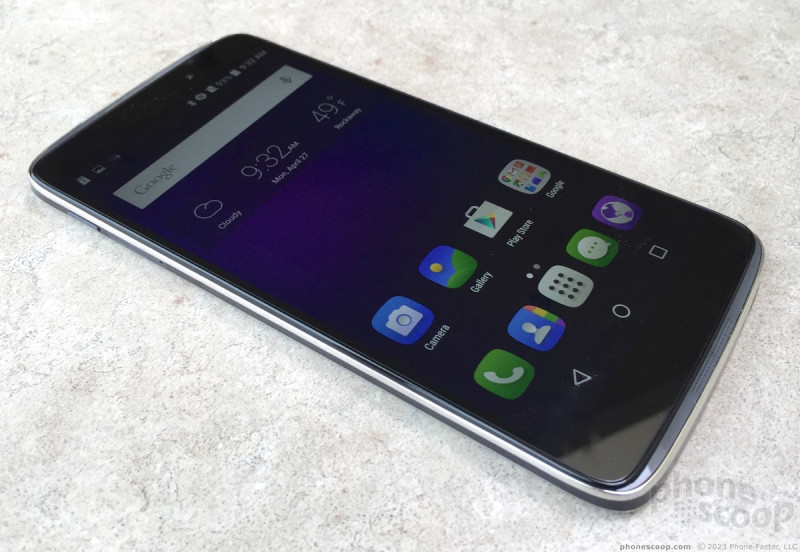













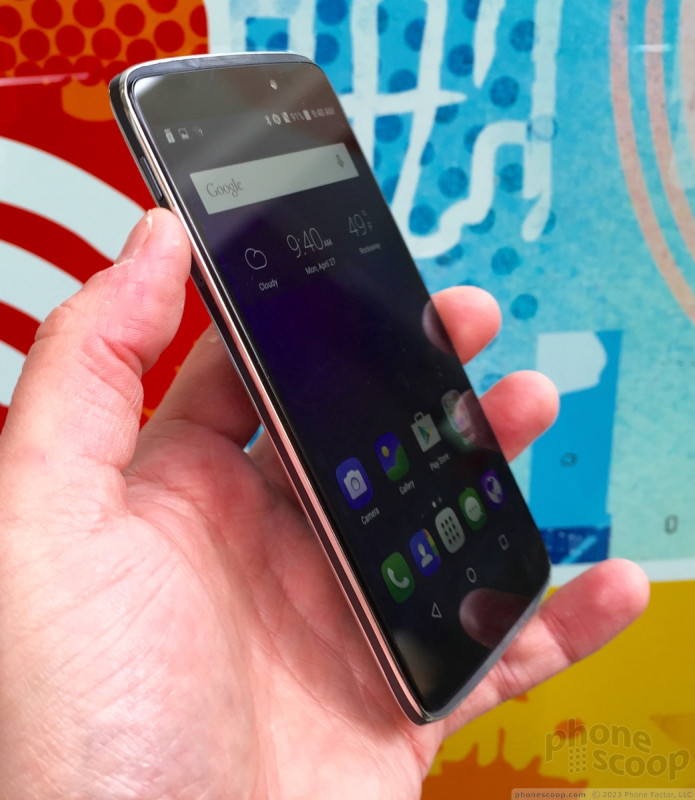







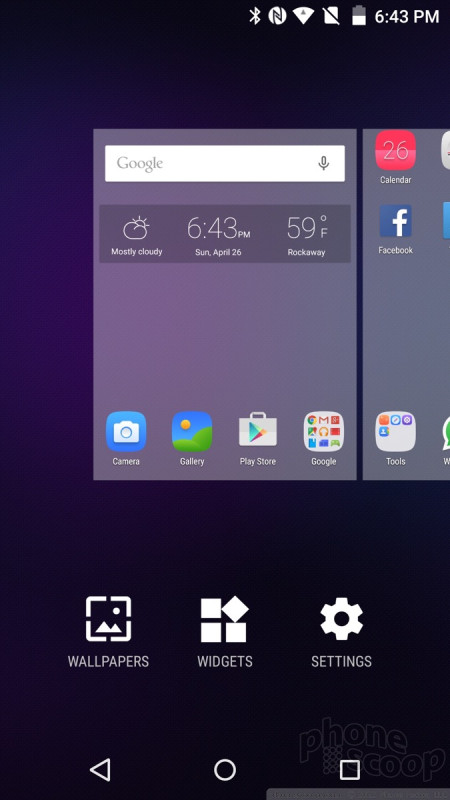










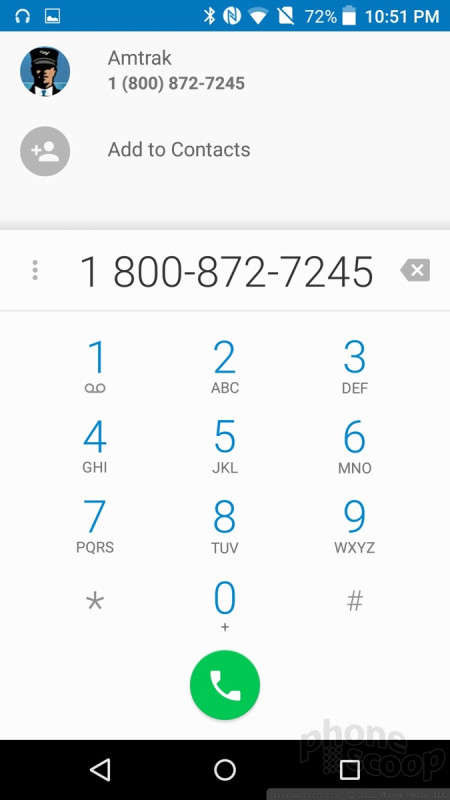




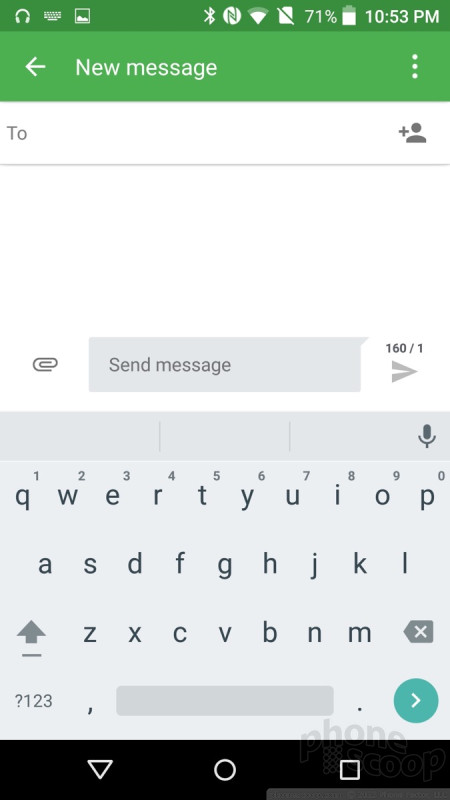



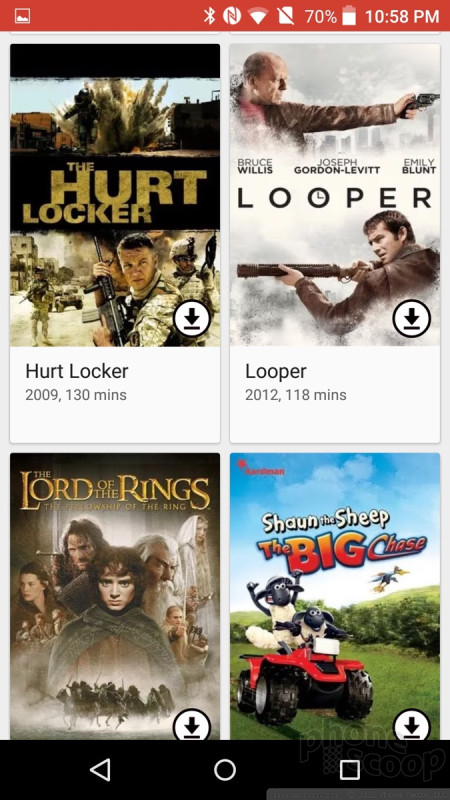




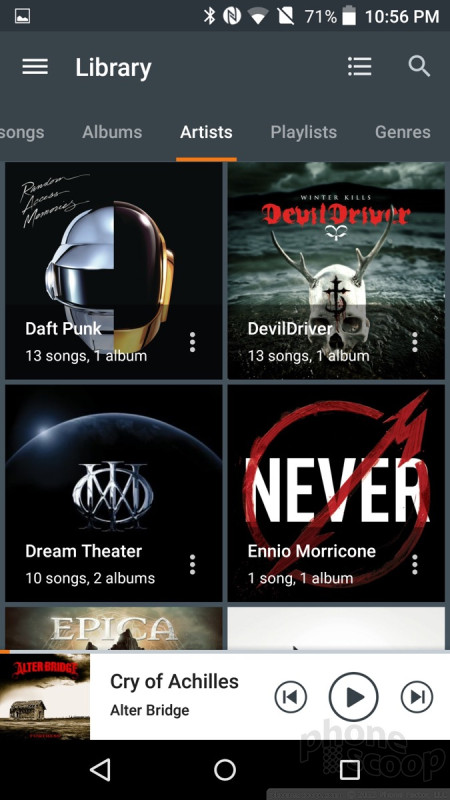










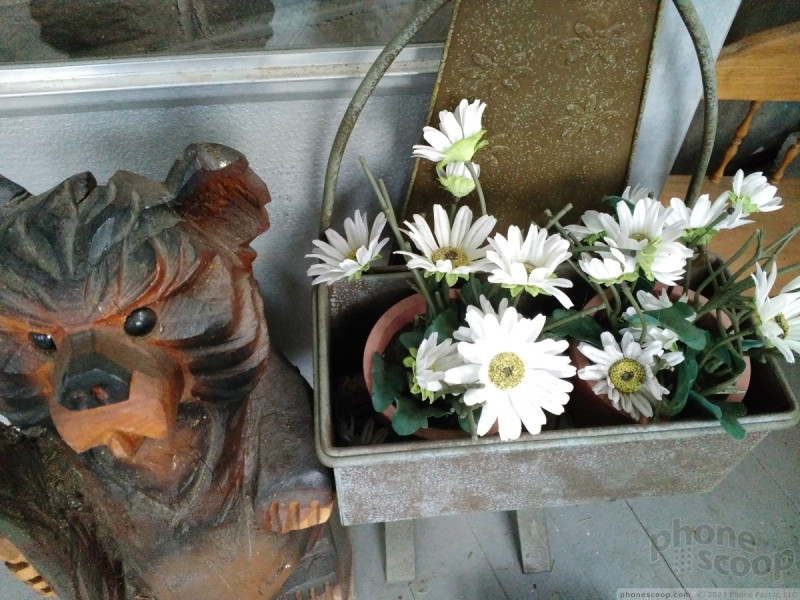













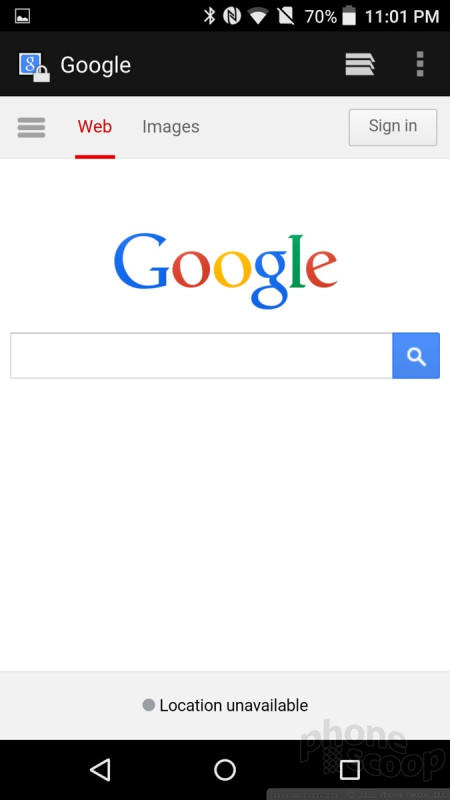




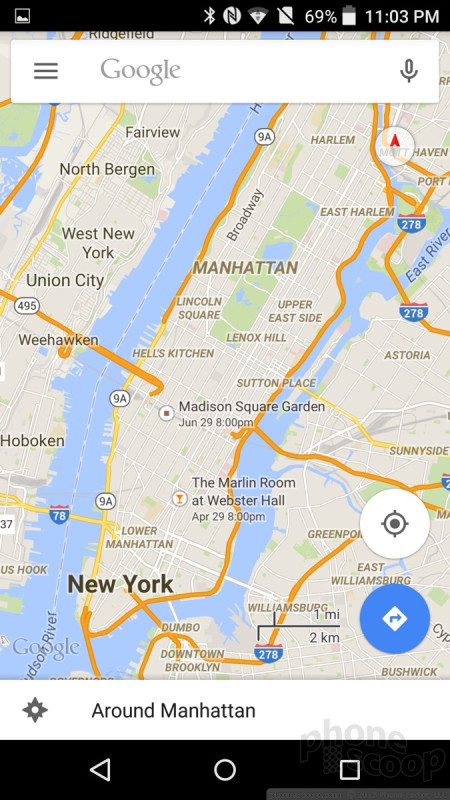


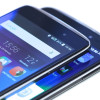 Hands-On: Alcatel OneTouch Idol 3
Hands-On: Alcatel OneTouch Idol 3
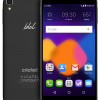 Cricket Wireless to Sell Alcatel OneTouch Idol 3
Cricket Wireless to Sell Alcatel OneTouch Idol 3
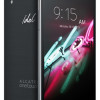 Alcatel Bringing Smaller Idol 3 to US and Canada
Alcatel Bringing Smaller Idol 3 to US and Canada
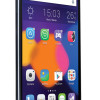 Alcatel's Idol 3 Phablet Ships In May for $249
Alcatel's Idol 3 Phablet Ships In May for $249
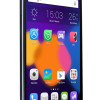 Alcatel OneTouch Aims High with Idol 3 Flagship
Alcatel OneTouch Aims High with Idol 3 Flagship
 Alcatel Idol 3
Alcatel Idol 3



